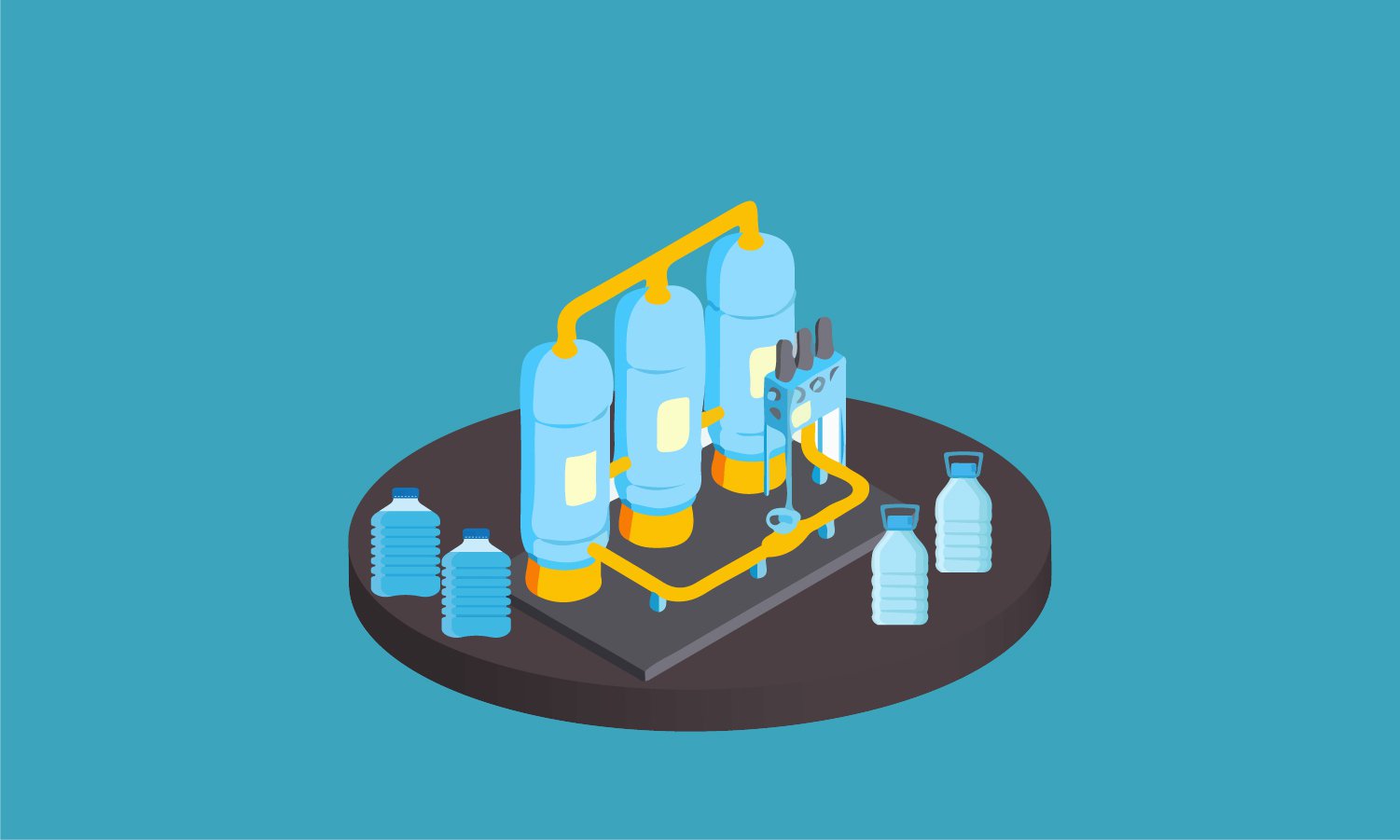
According to research, India's water demand would grow to 1,100 BCM by 2025, assuming a population growth rate of 1.2% and an annual GDP growth rate of 7.0%.
With the surging demand for mineral and packaged drinking water, there are a lot of new entrepreneurs entering the water business. Setting up a mineral water plant in India would be a long term profitable business for the owners.
Mineral water is purified water which comes from the mountain and spring water. It contains minerals that are beneficial for human health. Packaged drinking water is obtained from groundwater and then goes through a different filtration process to produce packaged drinking water.
1. Understand Local Market
Firstly, it is important to understand the local water market demand and consumption. Collect the information regarding local competitors, pricing, market volume and opportunities for you. After the analysis, create a plan to launch the business.
2. Obtain necessary Certificate and License
To start the mineral water business, you need to register your business and obtain the necessary license from the government authority. The permit requirement and certificates may differ for individual states. Obtaining licenses helps to attract customers and build trust. Some license/certification to check are following:
- Firm registration
- ISI certification
- Standard authority and food safety measurements
- Certification of pollution control
- The test reports of water from an authorized laboratory
- Pest control certificate
3. Choose apt Location for Plant setup
Selecting a location for plant setup is an important decision to make. The space required should be big enough for manufacturing, and storage purposes. The location should be in close proximity to the water sources, power supply and distribution area so that the supply chain can be easily managed with the reduced cost of transportation. Check the quality of source water as it will determine the type of treatment required for the purification.
4. Machinery for Plant
There is a wide range of machinery and equipment available for mineral water processing plant. According to the budget, you can select machinery with the latest automatic and semi-automatic technology. Some of the common machineries required are - water treatment filters and machine, water sterilizers, generator set, water dispensers and water filling machines, enough water storage tanks, conveyors and sealers, bottle loaders, trucks for bottle distribution.
5. Steps for Water Purification Process
Some of the basic steps of purification includes:
Water Storage - Start with collecting the water which is required for purification. With the pumping system, store the water.
Remove impurities - After the water gets settled, impurities are removed with the help of osmosis technique.
Chlorine gas process - After the osmosis process, the water is shifted to tanks for disinfection through bubbling chlorine gas process.
Sand filtration - In this process, water is passed through the sand water filters to dissolve the impurities.
Carbon filtration - In this step, for the removal or color and odor the dichlorination process takes place through carbon filtration.
Microfiltration - The water is processed through microfilters for terminal disinfection followed by an ultraviolet disinfection system.
Bottle filling - After the mineral water is ready, it is passed through water filling machines to be filled into bottles. Followed by capping and sealing the bottles with an ozone generator.
Packaging - At last, the mineral water is packed for transportation and selling.
6. Marketing and Promotion
Make a marketing plan to sell products and promote your business. Decide on your target market and make marketing strategies for selling and building distribution networks.